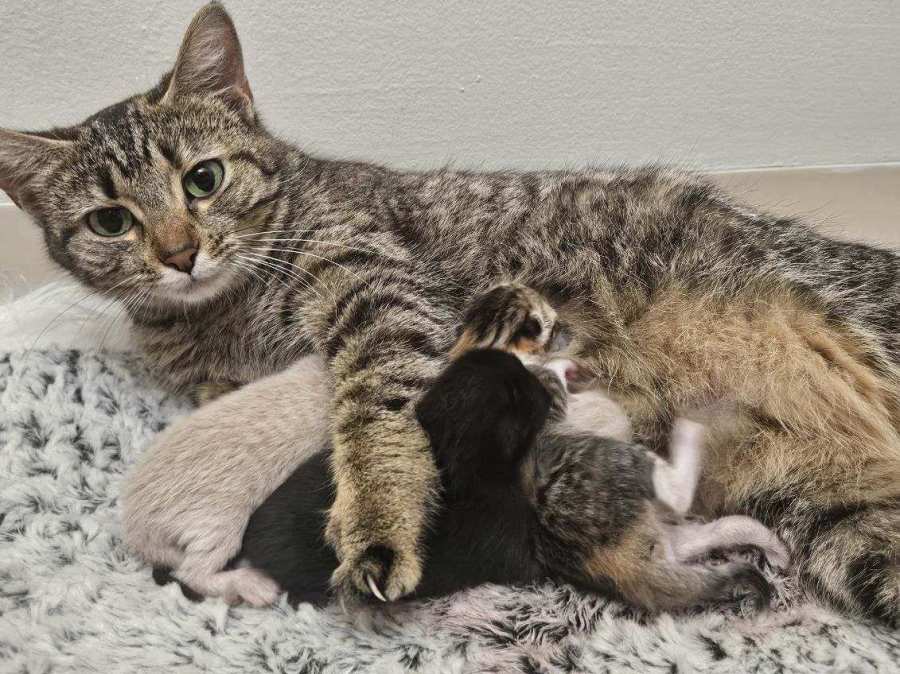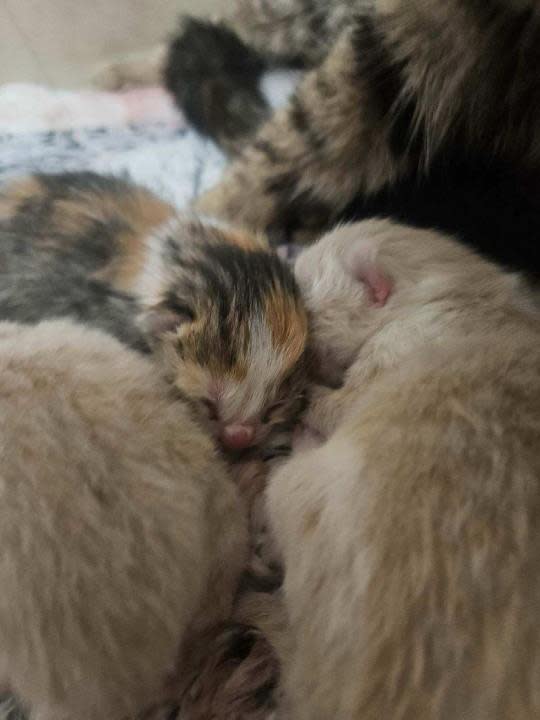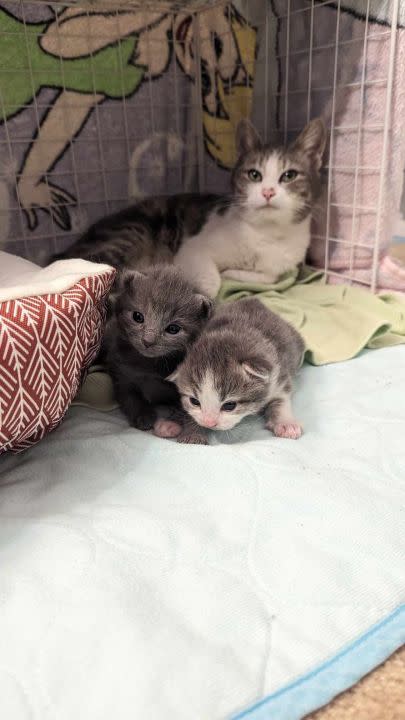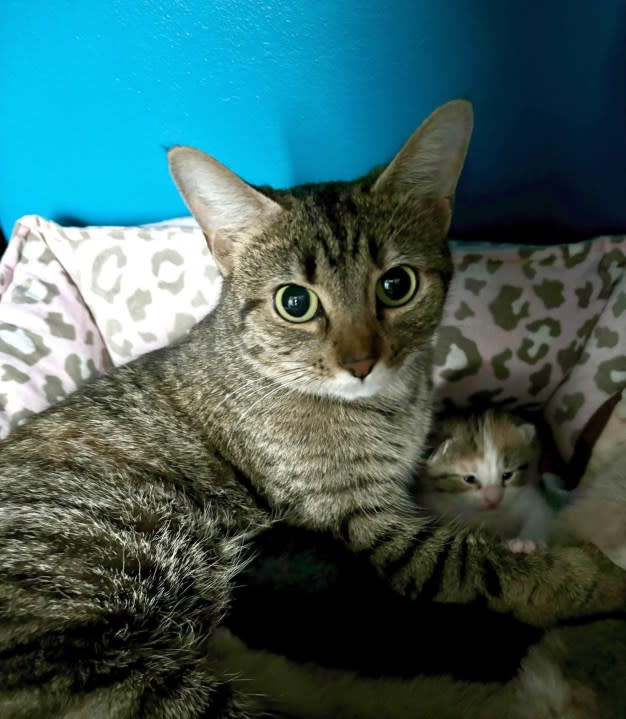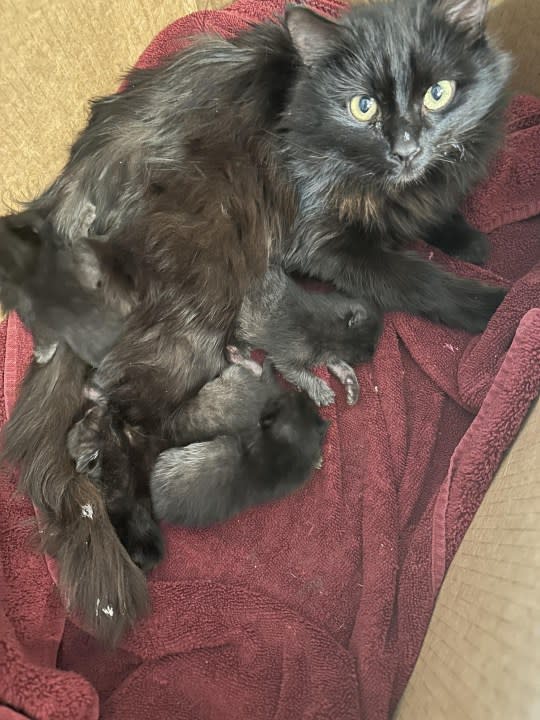How to help: Kitten season arrives in central Ohio
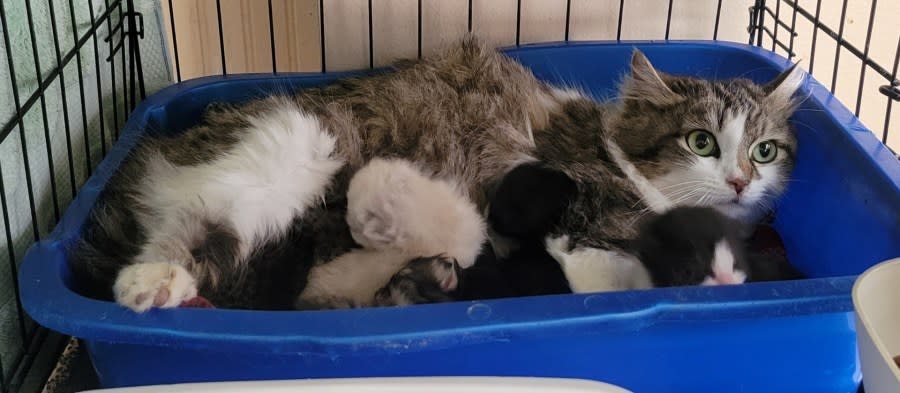
COLUMBUS, Ohio (WCMH) – As spring brings warmer temperatures and longer days to central Ohio, it also brings an overwhelming problem for animal shelters: kitten season.
While being surrounded by hundreds of kittens may sound like a dream to some, the large number of kittens born outside, typically beginning in March and lasting through summer, strains a shelter’s resources.
Grammy-award winning singer to perform at Ohio State Fair
Colony Cats is an animal welfare organization serving central Ohio for more than 20 years. The organization fixes and provides resources to feral cats, as well as maintains an adoption center in Dublin. The organization cared for more than 450 kittens during last year’s kitten season, and at one point last July, had 250 in foster care at once.
Mona McKinniss, executive director of Colony Cats, said the organization is anticipating an increased number of kittens this year, as shelters and vets cannot keep up with the number of unfixed animals outside.
A mother cat and kittens found in Dublin. The mom is feral and will be fixed and returned to where she was found once the kittens are weaned, McKinniss said. A mom and kittens that were taken in by Colony Cats in March. Kittens that were taken in by Colony Cats in March. A mom and kittens that were taken in by Colony Cats in March. A mom and kitten that were taken in by Colony Cats in March. A mom and kittens that were taken in by Colony Cats in March.
“Since so many are not spayed and neutered, there’s just constantly new kittens being born, kittens that need a place,” McKinniss said. “People always panic about the kittens, but it’s the adult cats that have been abandoned that also need help. So it’s just an ongoing issue.”
McKinniss said Colony Cats recently got a call about a litter of kittens born in a dumpster. The dumpster had been emptied by the time volunteers arrived and the kittens are presumed to be dead.
“The survival rate for kittens born to feral moms is less than 40%,” McKinnis said. “So you’ve got babies having babies, and that’s why the survival rate is low. And these cats don’t have a clue what to do to take care of them, especially when they’re just trying to survive by finding food for themselves.”
Former assistant principal accuses Columbus City Schools of racial discrimination
Female cats can get pregnant as young as 4 months old. Cats have 1-9 kittens per litter and can have up to five litters per year.
McKinniss said the best way to combat the problems that come with kitten season is to prevent the litters in the first place. She said if an individual is feeding a feral or stray cat, that person should get the animal fixed. Colony Cats can provide guidance on trapping, fixing and releasing cats back outside that are too timid or feral to be handled.
“The biggest thing everybody needs to do is to spay and neuter the cats and dogs that are in our community,” McKinniss said. “Whether their own pets that aren’t not fixed, whether they are outdoor friendly strays, community cats that people feed, they’ve probably been abandoned at some point.”
Not only does the outdoor cat population result in overcrowding at shelters and premature deaths for kittens and cats, the Ohio Department of Natural Resources said outdoor cats cause “significant harm” to native animal populations, specifically small mammals and birds.
Report confirms delayed timeline for Intel facility in New Albany
“As feral cat populations grow, this challenge continues to be an issue for wildlife,” said Wildlife Communications Specialist Sarah Schott. “We highly encourage all cat owners to keep their cats indoors. Even cats that are let outside on occasion have predatory instincts and can kill birds. By keeping cats indoors, you can lessen the impact they have on our native wildlife populations.”
If an individual finds a litter of kittens and the mother is not with them, McKinniss said as long as they are in a safe place, to wait and see if the mother comes back. When kittens are found alone, the mother is typically out looking for food, she said.
“They survive better if they have mom,” McKinniss said. “But then at the same time, reach out to an organization that can help you get the kittens, get mom, get them fixed.”
Outside of people fixing their pets and keeping them indoors, fostering is another way to help shelters take on the influx of kittens. McKinniss said at some point in the spring or summer, numerous shelters will fill up and have to turn kittens away.
$14.9 million awarded to help pregnant women, families without homes
“We try to help people by letting them become temporary fosters for us and we provide them with the supplies,” McKinniss said. “They foster the kittens until they’re big enough to be fixed and go up for adoption and then we take the kittens from them and find them homes.”
If an individual lives in an area where known stray or feral cats are present and they anticipate finding kittens, McKinniss said they can also stock up on their own supplies and care for the kittens themselves before taking them to a shelter.
For the latest news, weather, sports, and streaming video, head to NBC4 WCMH-TV.

